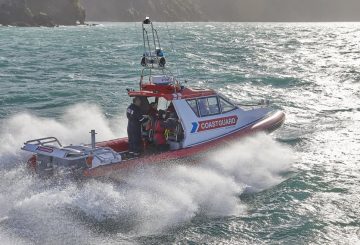Terlepas dari upaya untuk membatasi akses ke vape untuk kaum muda, banyak negara melihat peningkatan penggunaan di kalangan remaja di bawah umur. Ini terutama benar karena “mod pod” yang dapat diisi ulang dan perangkat sekali pakai telah menjadi lebih umum. Vapes menarik bagi kaum muda karena desainnya yang ramping dan variasi rasa, tetapi mereka juga menimbulkan risiko. Vape yang mengandung nikotin dapat menyebabkan kecanduan, dan remaja yang tidak merokok yang menggunakan vape lebih mungkin untuk mulai merokok.
Beberapa negara telah menetapkan usia penjualan legal minimum untuk mencoba dan mengurangi penggunaan di bawah umur. Misalnya, di Selandia Baru, vape tidak dapat dijual kepada siapa pun di bawah 18 tahun. Australia telah melangkah lebih jauh, membutuhkan resep untuk vape yang mengandung nikotin. Namun, vaping pemuda terus meningkat di negara-negara seperti Kanada, Inggris, Australia, dan Selandia Baru. Bahkan, survei kesehatan baru-baru ini di Selandia Baru menemukan bahwa 20% orang berusia antara 15 dan 17 tahun telah melakukan vaping dalam sebulan terakhir.
Sebuah penelitian dilakukan untuk memahami bagaimana remaja di bawah umur mendapatkan akses ke vape. Penelitian menemukan bahwa “sumber sosial,” atau berbagi antar teman, adalah cara yang paling umum. Pengguna vape di bawah umur juga dapat membeli dari pengecer komersial, dan beberapa bahkan mencuri vape.
Studi ini juga mencakup wawancara dengan 30 remaja Selandia Baru yang melakukan vape. Temuan mengungkapkan bahwa semua peserta berbagi vape dengan teman, anggota keluarga, dan kenalan kerja. Beberapa peserta menghindari memiliki perangkat mereka sendiri dan hanya menggunakan vape orang lain, yang mereka rasa memungkinkan mereka untuk mengontrol penggunaannya.
Sebagian besar peserta meminta teman atau saudara kandung yang lebih tua untuk membeli vape untuk mereka. Beberapa bahkan membayar biaya untuk layanan ini. Beberapa peserta meminta orang asing yang mereka temui di media sosial atau di luar toko ritel untuk membeli vape untuk mereka. Hampir semua peserta tahu tentang pengecer yang menjual kepada orang di bawah umur, dan banyak yang membeli produk vaping dari pengecer ini.
Studi ini menunjukkan bahwa pemantauan dan penegakan pengecer yang lebih kuat diperlukan untuk mencegah penjualan di bawah umur. Ini juga menyoroti perlunya kebijakan yang mengurangi ketersediaan dan daya tarik produk vaping. Memantau dampak larangan penjualan vape sekali pakai, seperti yang direncanakan oleh pemerintah, bisa menjadi salah satu langkah tersebut.




























































